
IT’S hard to believe that, until about 20 years ago, Chris Hikins was a Matchless enthusiast.
When you walk into Chris’ shed today, the line-up looks like the outcome of a life’s dedication to the original Japanese superbike, the Honda CB750.
“I used to collect and restore Matchless bikes,” Chris told us recently.
“But I came across an exceptional CB750 one day and I told the owner that if he ever wanted to sell it, he should let me know.
“At the time, he said: ‘No way; my kids will get this when I die.’
“But, sure enough, about two years later I had a phone call asking if I was still interested.
“I said yes, and that was the start of my collection.”
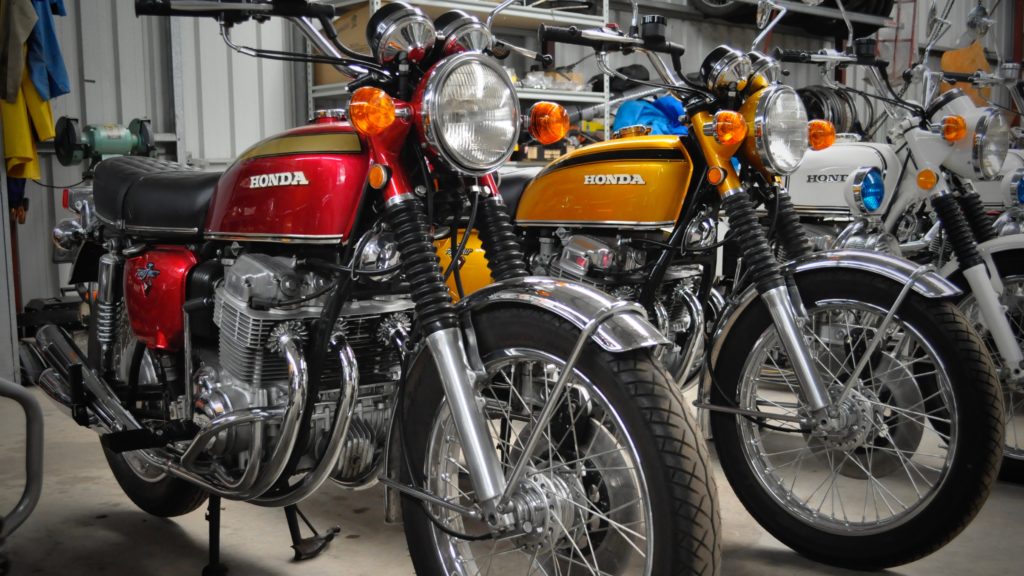
Chris still owns that first CB; a glorious red K1 that looks as fresh today as it did back in 1971. It shares shed space with eight other complete CB750s; five of them also beautifully restored plus three more ‘survivor’ bikes that have been recommissioned — that is, brought back into service and ‘made good’, rather than made like new again.
“Survivor bikes are becoming increasingly sought-after,” Chris said. “As they say, they’re only original once!”
To many enthusiasts, the 1969 Honda CB750 is the most important bike in motorcycle history.
It ushered in the era of the modern superbike, using a format that is still going strong today: big in-line four-cylinder motorcycles that go fast, stop quick and handle like race bikes (well, nearly) but are completely reliable, easy to own, easy to ride, and cheap enough to be purchased without access to a millionaire’s bank account. And they don’t leak oil.

Prior to the CB750, the world’s motorcycle industry establishment — that is, Britain, Italy and the USA — considered Japanese bikes little more than an Eastern curiosity and a manufacturer of cute, junky little mopeds that helped recruit young riders to whom the ‘big boys’ could then sell proper bikes like BSAs, Nortons, Laverdas and Harley Davidsons.
Even the arrival of rather proper twins like Honda’s CB450 in 1965 failed to set off alarm bells, so the arrival of the 125mph four-cylinder 750 Four — resplendent with disc brakes and electric start — came like a bolt of lightning. The big new Hondas sold their socks off — more than 400,000 were sold across the world before the first substantial change in 1979, when Honda went to a double-overhead cam motor.
Little did anyone know that Kawasaki was only a few steps behind Honda with its superbike. Kawasaki had its own four-cylinder 750 in an advanced stage of development, and it was a DOHC.
Having been beaten to the punch by Honda, Kawasaki shrewdly reconsidered its marketing and tweaked its new machine to a bigger-than-Honda capacity of 903cc, giving birth to the 130mph Z1 900. The Japan-versus-Japan fight for biggest and fastest started right there.
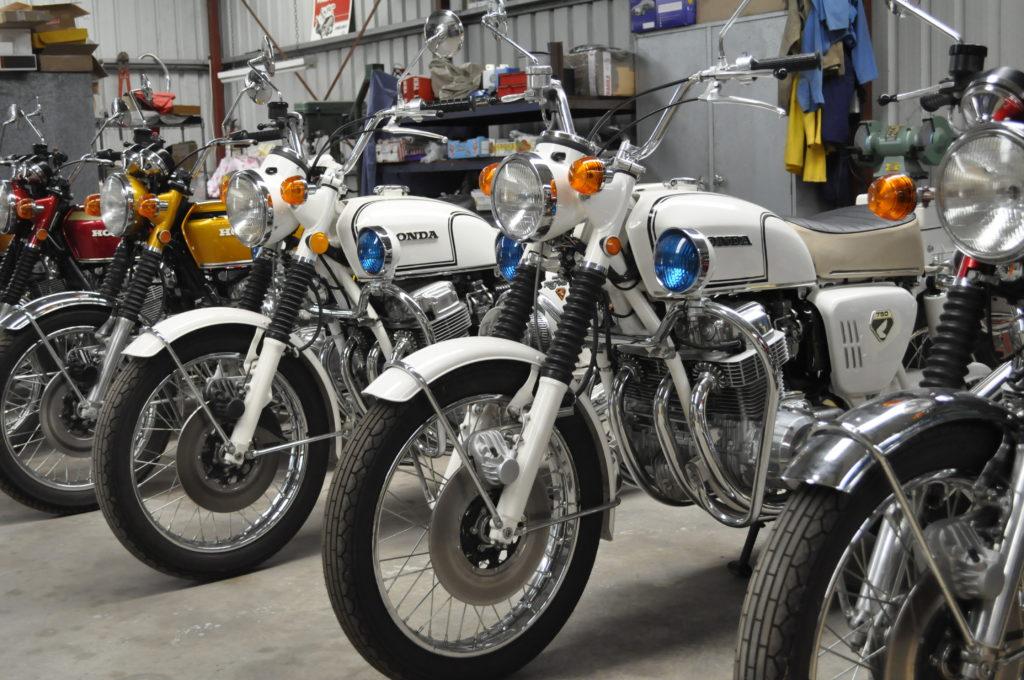
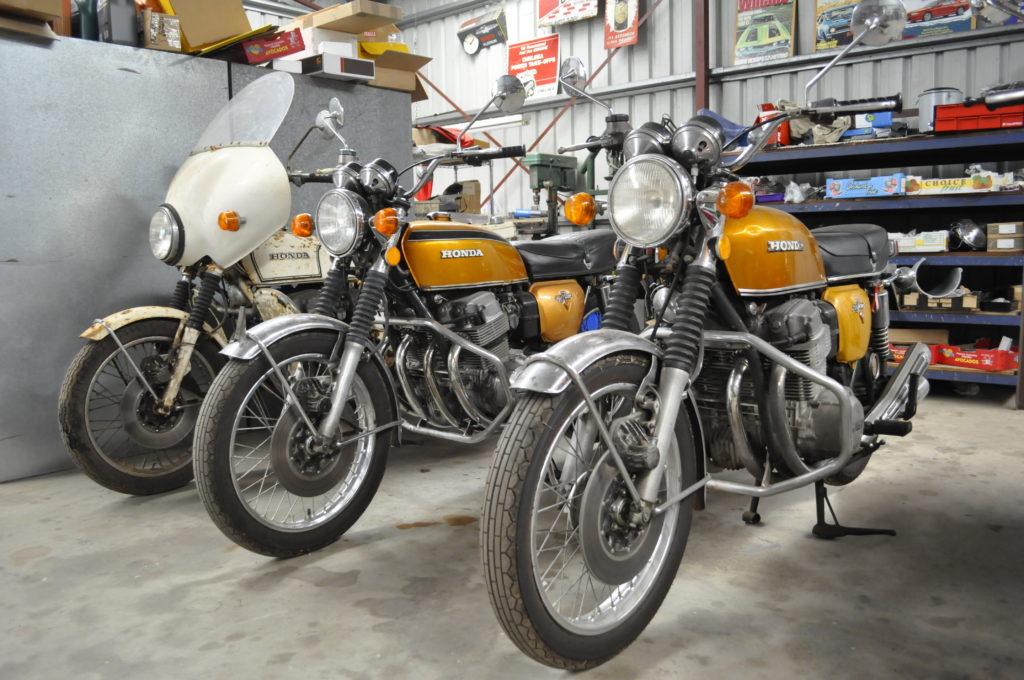
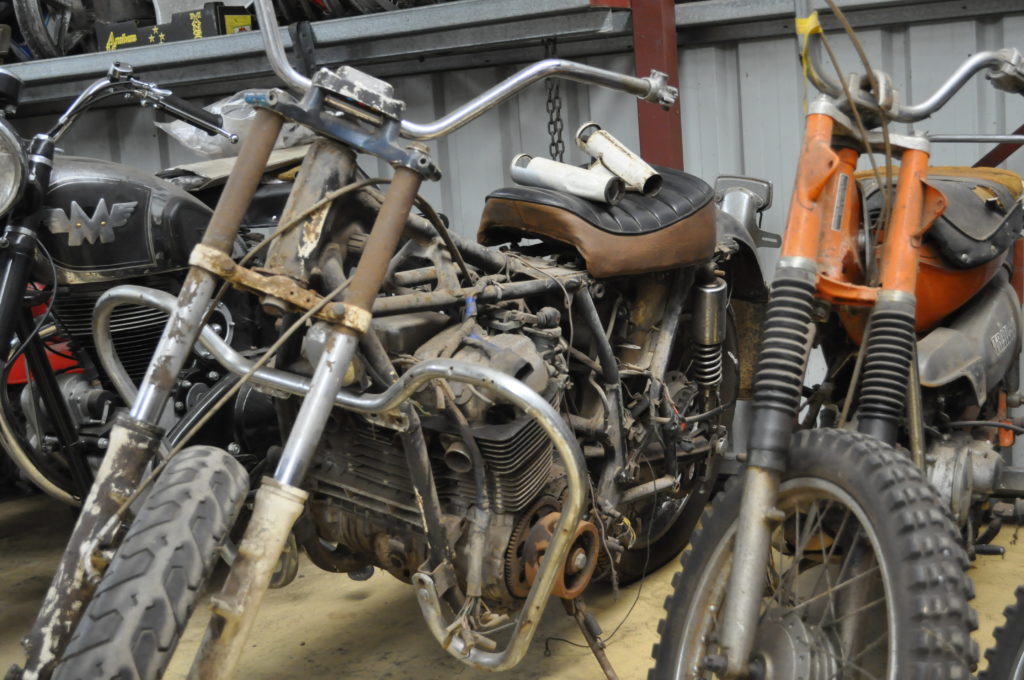

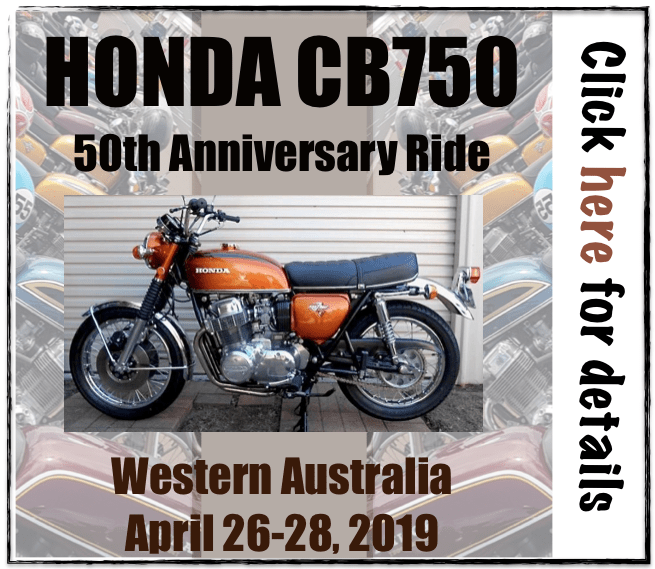
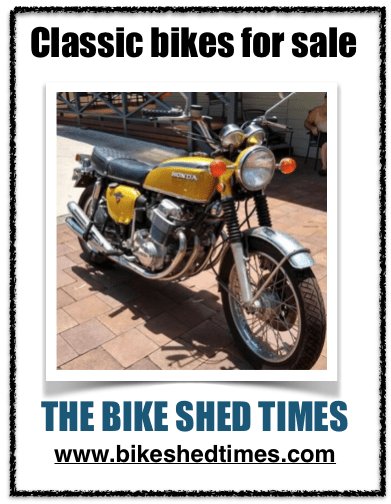

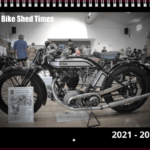
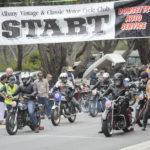
Great story
And if you ever want to sell the 400f……..
Great true story. Excellent.
Great to see an article on this great bloke. My K0 was from Chris’s stable and at 50 years might be with cranking it up for that. It will at the VMCCWA display March 22 2019 at Cannington.
Nice work Chris.
WOW! AWOW! AWOW! Nothing more to say. EXCEPTIONAL!
Wonderful collection. Love the CB750. Especially the Police bikes. A real credit to you Chris.